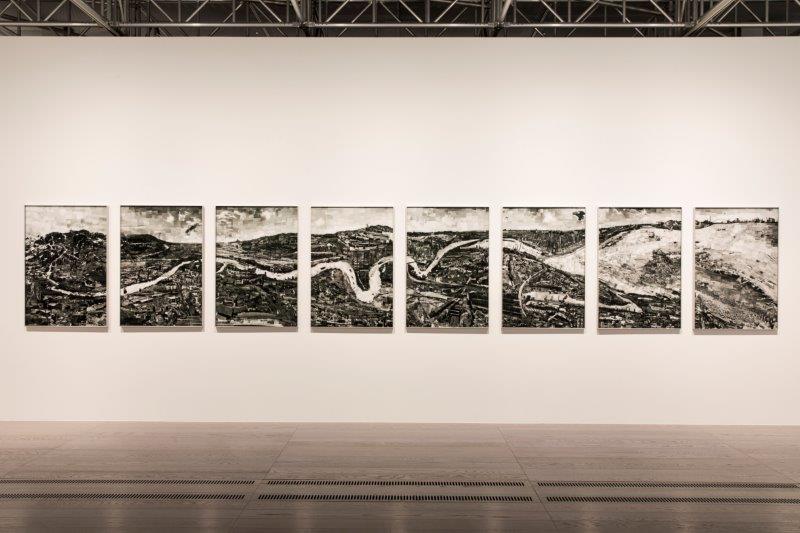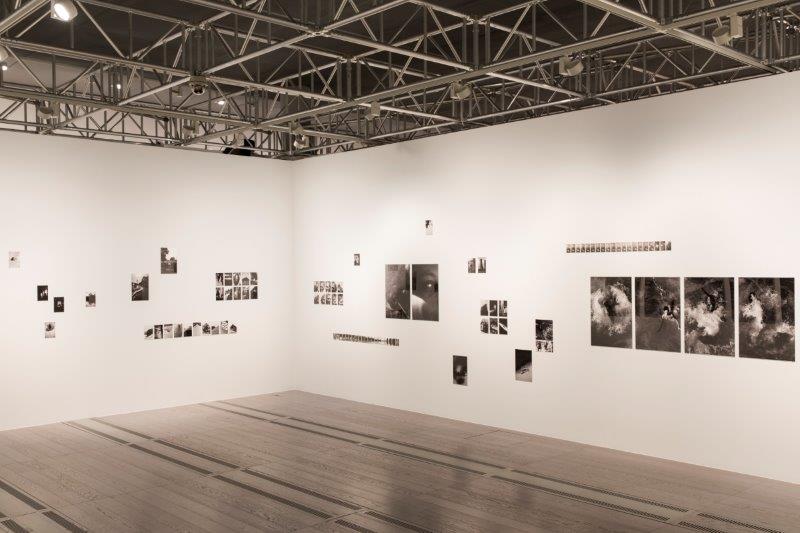Since it opened its doors five years ago, the MAST Foundation has become an institution which, in the field of photography, explores the themes of industry, technology, the world of work and society in a number of ways. The MAST Photo Gallery for example holds three extensive exhibitions each year; the MAST collection has gradually established itself as a comprehensive, visual social study that reflects and debates the world of work and industry, from 1860 to the present day, with photographs taken by photographers and artists alike; the Foto/Industria Biennale (‘Biennial of Photography on Industry and Work’) connects this theme to the town of Bologna and, with exhibitions on industrial photography staged in the city center, also opens the view on the medieval architecture of the palazzi; the discussions and lectures that take place in MAST’s Auditorium examine technological innovations, their social implications and the role of photography as a medium of communication. Lastly, the MAST Foundation for Photography Grant on Industry and Work takes place every two years.
The fifth edition of the Grant took place in 2018. The first four editions were known as the GD4PhotoArt Award and now – since the establishment of the MAST Foundation – it has been renamed the MAST Foundation for Photography Grant. This contest provides the MAST Foundation with a vehicle to support young photographers and artists in their exploration of a range of themes – namely industry, technology, territory and work. We are increasingly coming to realise how little we know about invention, innovation, production, marketing, the sale of machines and products; and how rarely the imagery relating to these sectors is disseminated. Research, technology and the monetary economy have made great strides in portraying our world as abstract. Therefore, the visualisation of these realities becomes all the more important. Only by means of vivid representation are we in the position to be able to comprehend the new, contemporary and future research, exploration, innovation and production. And understanding the world constitutes the alpha and omega of every responsible citizen in a free democratic society.
The 2018 finalists were Mari Bastashevski, Sara Cwynar, Sohei Nishino and Cristóbal Olivares. The winners ex-aequo were Sara Cwynar and Sohei Nishino. The jury was extremely impressed by all the contributors, but it found Sara Cwynar’s video and Sohei Nishino’s room with the 8-part Po River work and the multipartite wall installation the most persuasive.
Over the last ten years, Sohei Nishino has produced a series of “Diorama maps”, comprising rich, complex image compositions of cities - Amsterdam, San Francisco, Tokyo, Johannesburg, Jerusalem, New Delhi and so forth. The works are multipartite, dense and are constructed to provoke debate. On the one hand, there is a sense of having a bird’s eye view of maps, whilst on the other hand, Nishino fills the maps with his own very personal photographs, captured on his wanderings through these cities. He uses hundreds and indeed thousands of photographs to construct his cities; and for this particular project, he uses more than 20,000 images taken during his painstaking exploration over a period of three months, travelling along the length of the Po River, from its source to the Delta. Subsequently, he developed and printed the photographs by hand, and then combined and assembled them to form a large tableaux. A map suggests a vertical vantage point, great precision and a commensurable objectivity; however, the Diorama – a vehicle for entertainment and education in the 19th century – attempts to bring scenes to life, energise them and represent three-dimensional settings. Here Sohei Nishino mixes these two forms and combines macro and micro perspectives; top view and front view; overall view and detail to create an extraordinarily rich, vivid and disconcertingly intense, multi-perspective representation.
Almost eight metres long, the result is an extremely vibrant, poetic exploration and representation of the river as a basis for community, as a foundation of every form of human life. This is a portrait of water, a portrait of existence, of the traditional; and indeed of a reflection of life, with its new intrinsic nature now revealed. The thousands of individual images merge and become wedged together, in such a way as to form a complex web that appears to be located on the interface of analogue and digital. Sohei Nishino captures the visual data of the Po River, but still entirely by analogue means.
On the other walls of the exhibition space, Sohei Nishino reverses the principle: instead of density, there is fragmentation, instead of concentration the images are arranged in diptychs, triptychs, blocks and sequences from floor to ceiling. Thus he has transformed the entire exhibition space to create the environs of the Po River. Here the density of the eight-part panorama unfolds to reveal a vast space in which to draw breath: water and air. A sense of space that we are also aware of here in this book.
If you look at the form and essence of the island landscape of Japan and the Italian peninsula, then it becomes clear why the Japanese artist Sohei Nishino was able to develop an impressive work of this kind in Northern Italy.


